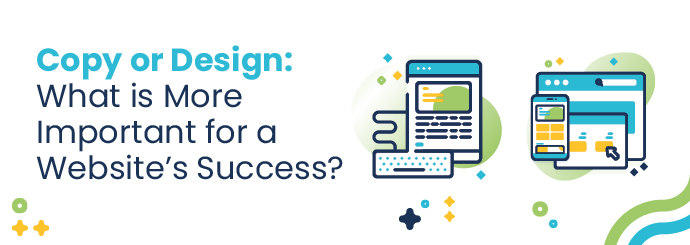
Which is more important to a website's success: the actual content, or how it looks? Copy vs design is a topic that's sparked much debate among website designers, copywriters and digital marketing professionals.
More...
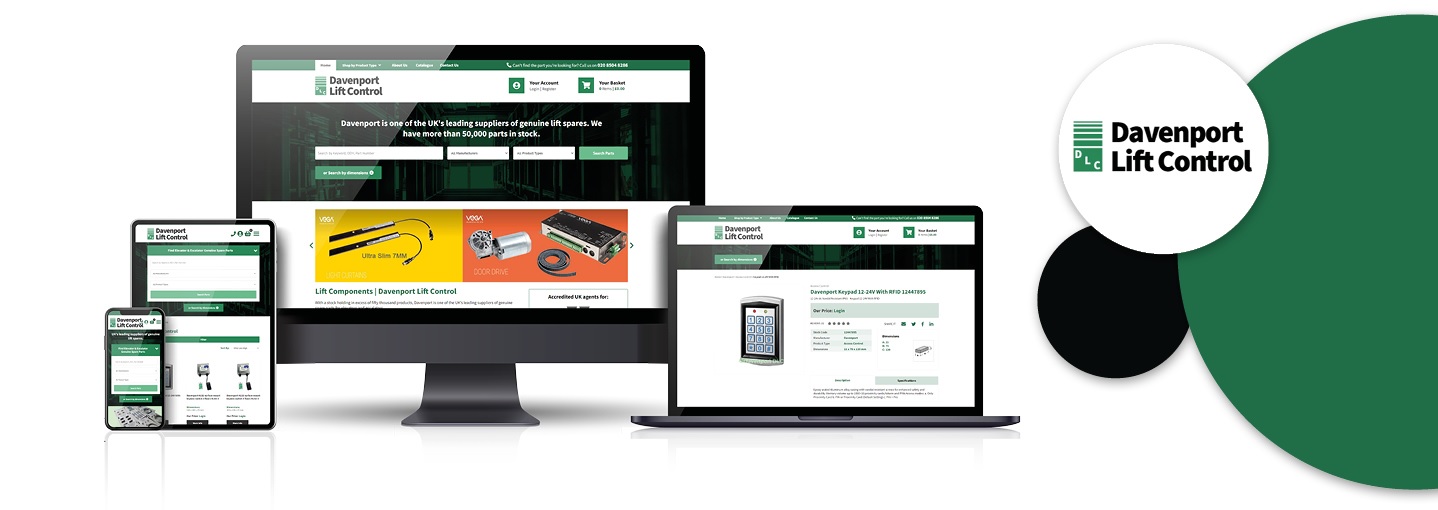
Davenport Lift Control are among the UK's leading suppliers of spare parts for lifts and escalators. With tens of thousands of components in stock - including genuine parts from Otis, TK and many other brands - Davenport is an indispensable partner to service personnel all over the UK.
More...
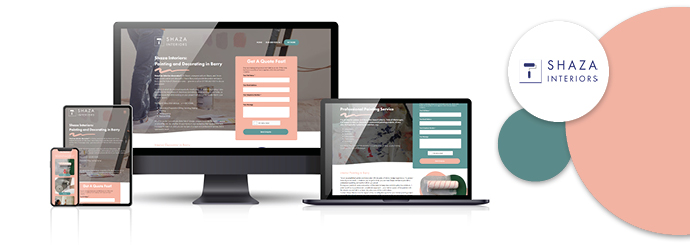
Sharon is a professional painter and decorator who's based in Barry, South Wales. She set up her own business, Shaza Interiors, last year - and since then she's been busy transforming homes all over Cardiff and the Vale of Glamorgan.
Shaza Interiors already had great word of mouth thanks to the dozens of happy homeowners who've recommended Sharon's services to their friends, but the business needed a website in order to continue growing. That's where the Designer Websites team entered the picture: Sharon asked us to create a great-looking website in order to boost her online visibility and show off some of her work.
More...
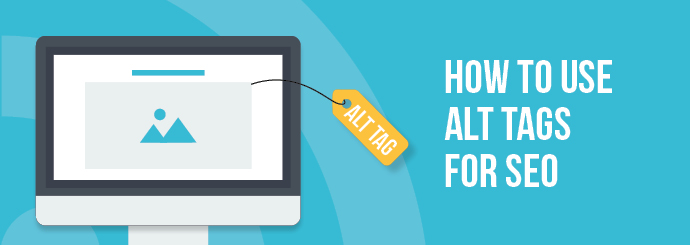
An alt tag (alternative tag) is a brief description that’s attributed to an image within a web page’s source code. Alt tags are also known as alt text, alt descriptions and alt attributes.
Alt text serves a number of different purposes, and there are a whole host of different reasons why you should be using alt tags on your images.
More...
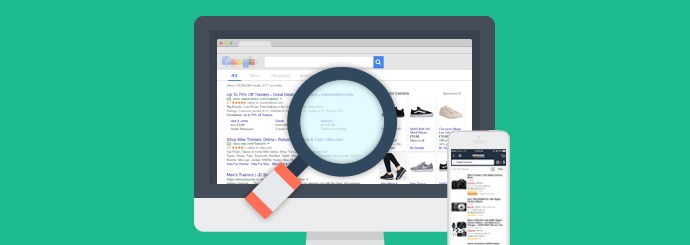
Here at Designer Websites, we understand better than anyone the importance of having good SEO on your website!
There are so many factors that come into play when talking about SEO, it can be hard to know where to start. The Google algorithm uses approximately 200 different ranking factors to determine where your website will show up; as much as we’d like to go through every single one, unfortunately we don’t have the time (and probably neither do you!). Instead, we’ve picked out 5 of what we consider to be the most important ranking factors. We’re going to be taking a closer look at what they mean, how you can improve them, and how you can keep your website on page one in 2022.
More...